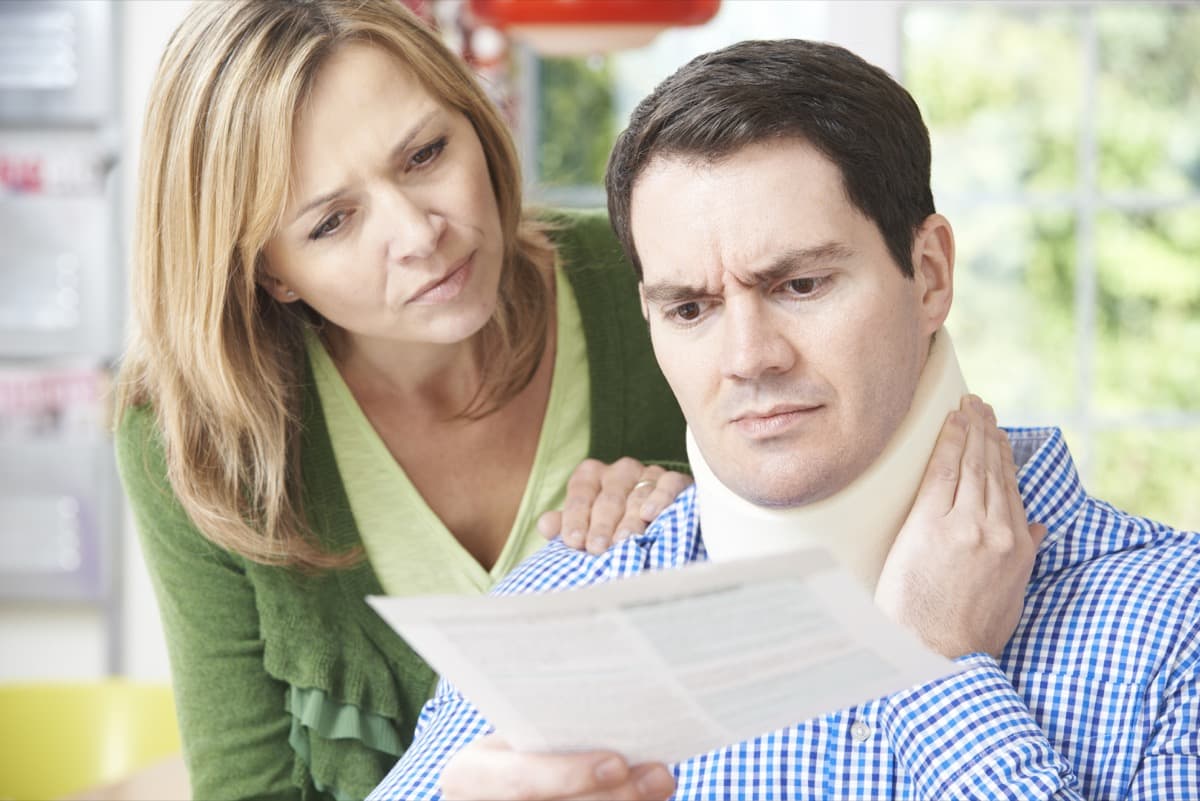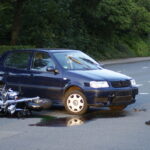There’s a lot of chest beating and aggressive talk from car accident attorneys promising huge cash payouts and “making the other guy pay”. While that all may sound well and good if you’re in a car wreck, the reality is often quite different. And it’s up to you to protect yourself and your family from such situations.
What exactly is the reality we’re talking about here? And how can you protect yourself?
Worst Case Scenario Auto Accident
Glad you asked! Let’s take a look at a “worst case scenario” auto accident…
You were driving along, minding your own business, and got hit by a drunk driver. Not only was the guy drunk, but it turns out he had no car insurance and was unemployed.
Making things even worse, you end up in the hospital but you don’t have health insurance and are on the hook for all your medical expenses.
In a case like this, the chances of you getting any money from the guilty party are pretty slim. And, if you do get any money out of them, it’s probably just going to be a little bit here or there. And you’ll have to suffer through a prolonged litigation period just to get that much.
Oh, and since you don’t have health insurance, medical professionals will likely be hesitant to give you the treatment you need because they’re not sure whether or not you’ll be able to pay your bills.
So, if you’ve always assumed that if you get in an accident that’s not your fault, the other person’s going to have to pay for all your expenses… sorry to burst your bubble, but you’re completely wrong.
How To Protect Yourself
The single most important thing you can do to protect yourself from a scenario like this is to get the right insurance coverage. And, most importantly, you need to have it in place BEFORE any car accident. Otherwise, you’re out of luck.
How Much Insurance Should You Have?
For your own policy, regardless of what the other driver does or doesn’t have, here are the recommended minimum coverages you should have:
Uninsured Motorist Coverage: $100,000
Underinsured Motorist Coverage: $100,000
No-Fault or Med-Pay Coverage: $30,000
Again, the above is the minimum you should carry. And you should carry it from the first day you start driving!
Also, it really doesn’t matter what state you’re in. While different states have different rules, this advice applies to pretty much all 50 states. So share these suggestions with everyone you care about, wherever in the US they may live.
Isn’t That Going to Cost a Lost More?
Yes. It will. No way around it.
But, we strongly urge you NOT to lower your uninsured or underinsured coverage to try to keep your car insurance premiums down. The purpose of these coverages is protect yourself from the nightmare scenario we started this article with (which happens more often than you think).
You want to have the peace of mind that, should the unthinkable occur, you have the means to get the medical treatment you and your family need. And to recover any out of pocket expenses for any permanent treatments for health conditions you didn’t expect would occur.
Even small or solo practice auto accident attorneys can see cases involving uninsured or underinsured drivers on a DAILY basis. Again, this kind of thing is WAY more common than you think. Around 14% of drivers in the US don’t have car insurance. And in some states, the percentage of uninsured drivers is over 25%.
Listen, we’re not selling insurance here. We’re just trying to provide some sound advice on how to protect yourself and your family in case of an accident where the other party doesn’t have the insurance to cover your expenses. So please review your policy and see if increasing the coverages mentioned above makes sense for you.








